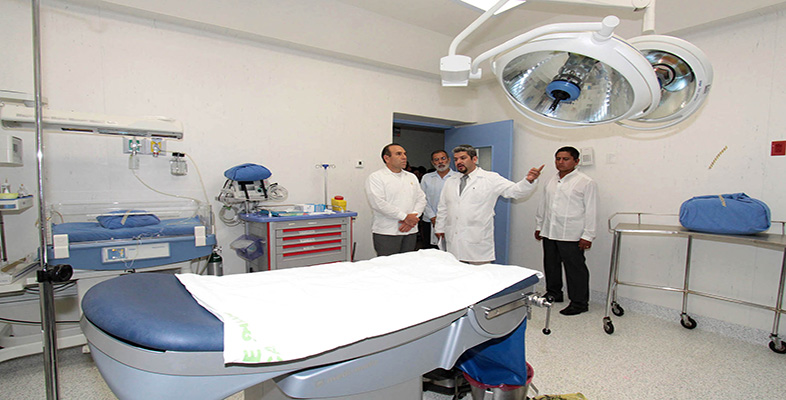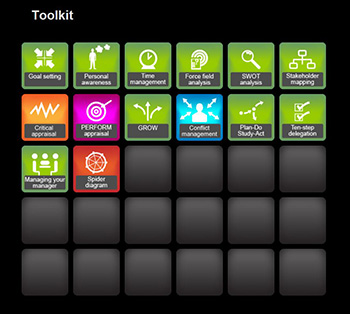3 Planning your own change management project

In the next activity you will be undertaking a piece of self-directed study, or enquiry-based learning. While we have set a task and recommended some tools, exactly how you carry it out is up to you and you are likely to come up with something very specific to your own situation. Working on your own in this way is something that, as a manager, you have to be able to do confidently on a daily basis, and so it is a key skill you should develop to improve your management and leadership ability.
Activity 4
This activity involves planning a change that you would like to make: preferably a task you have to do for your work anyway. If you are not working, choose a change that involves family members or social activities. Try to think of something that involves or affects several people. Start by thinking of a problem or a need for improvement and then think of how making a change could lead to better outcomes. Once you have identified an idea for change, draw on your notes from the previous activity, along with the change management tools you were introduced to (force field analysis, stakeholder mapping and SWOT analysis) to help plan your change.
Use the interactive toolkit below to access and complete your force field analysis, stakeholder mapping and SWOT analysis. The toolkit contains various other useful tools that you can explore.
Think about the following key questions:
- What is the issue as you see it – that is, what do you want to change and why? What is the problem or need for improvement at the moment? What benefit do you envisage following the change?
- What is your goal? What will ‘success’ look like afterwards?
- Who will be most affected and how and when will you consult with them and/or involve them?
- What additional evidence might you need to help you implement your change? How would you go about finding that?
Discussion
When a need for change is first identified, it may seem like a daunting prospect. However, as you have hopefully experienced working through this activity, any change can be approached in a logical and considered manner. Breaking the task down into clear steps and goals, gathering necessary evidence and applying useful management tools where relevant can all help to smooth the journey through that change process. In this activity you have planned how you might work through such a process in your own personal or work life, but the same approach applies to any change in health and social care, whether it is implementing a new entertainment programme in a residential care home or planning the merger of two hospital trusts.

